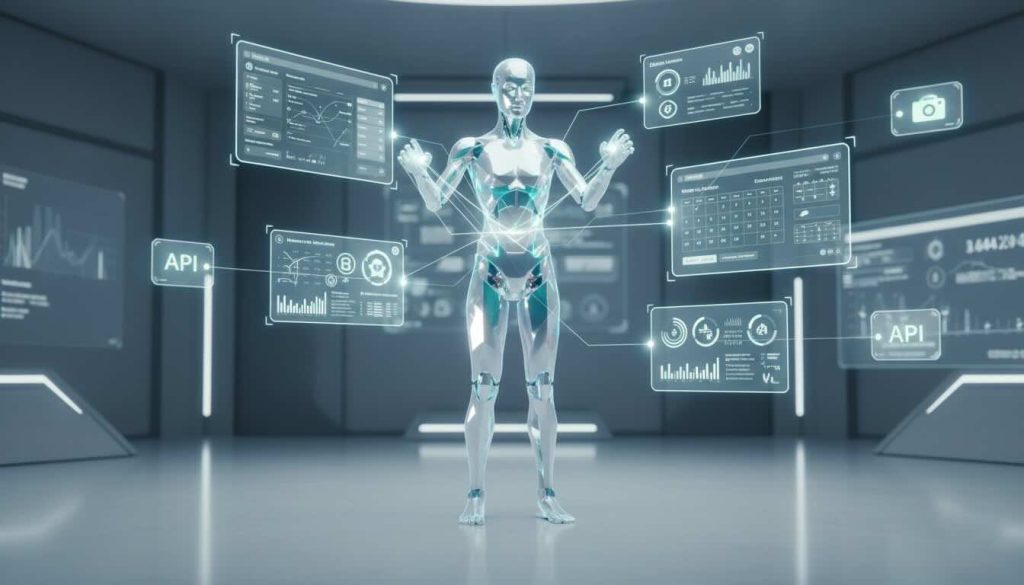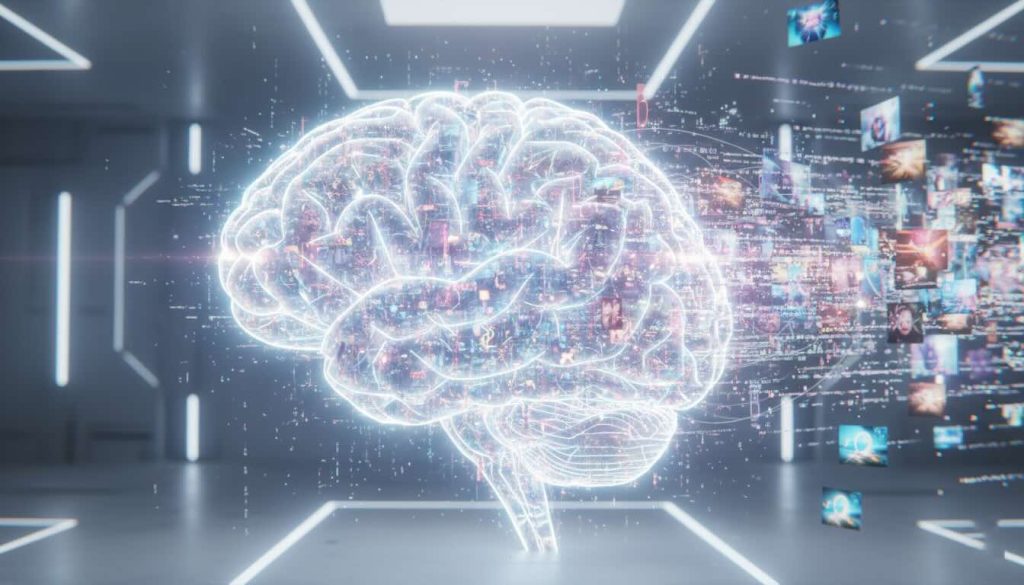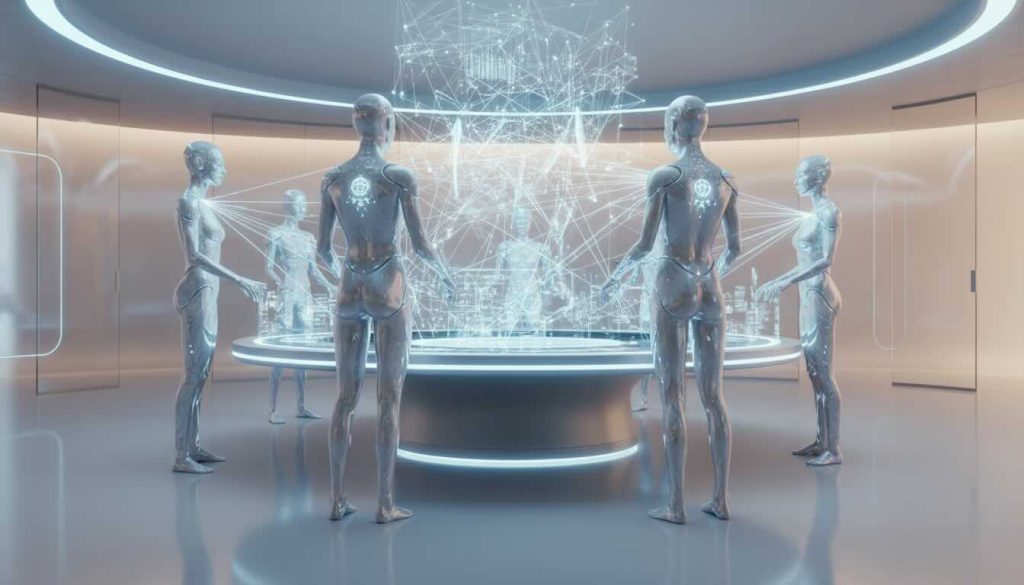When people talk about AI today, most think of chatbots like ChatGPT that generate text or images. This is the simplest layer of modern artificial intelligence, known as Generative AI. Generative AI models are trained on massive amounts of internet data to create new content such as articles, code, art, music, or even videos. At the heart of these systems lie large language models like GPT 5, Gemini, or Claude, which understand and generate human-like responses. However, their limitation is that they can only work with the knowledge available until their last training date. They cannot fetch or act on real-time information by themselves.
Now imagine asking ChatGPT for the current stock price of Reliance or the cheapest flight from New York to Delhi. Earlier versions of Generative AI could not help, but the new versions can search the internet or use APIs to fetch that data. This marks the entry of AI Agents. An AI Agent is more than a chatbot. It uses external tools such as APIs, browsers, or databases to act on your behalf. Instead of only generating text, it can book tickets, compare prices, or even automate workflows. It is similar to a human worker equipped with digital tools. The large language model acts as the brain, while APIs and plugins act as the hands and instruments that help it perform tasks.

For example, when you say “Book me the cheapest flight to Delhi,” an AI Agent can connect with travel APIs like Expedia or MakeMyTrip, compare flight options, choose the most affordable one, and complete the booking automatically. This makes it autonomous for a specific, narrow task. Unlike a traditional chatbot that only gives you an answer, an AI Agent performs the task for you. It thinks, searches, decides, and executes, very similar to how a travel agent or assistant works.
As we move one step further, we encounter Agentic AI, a more advanced and collaborative form of intelligence. Agentic AI systems consist of multiple AI Agents that can communicate and work together toward a shared, complex goal. Think of it as an entire digital workforce. For example, one agent might handle your flight booking, another checks your visa validity, a third verifies the weather conditions, and together they create a complete, optimized travel plan. Each agent operates autonomously but collaborates to deliver an outcome that involves multi-step reasoning, planning, and adaptability.

What makes Agentic AI special is that it can plan, retry, and improve its approach, similar to how humans do when solving real problems. If one agent fails or encounters an error, the system adapts and tries another method automatically. It can also interact with external databases, memory systems, and reasoning frameworks. This multi-agent collaboration mirrors human decision-making, where various departments or specialists work together to achieve one goal.
Agentic AI is already being built with frameworks such as CrewAI, LangGraph, AutoGen, and Agnno, which allow developers to create drag-and-drop workflows where multiple AI agents handle different stages of a task. For instance, onboarding a new employee could involve one agent adding data to an HR system, another sending a welcome email, a third assigning hardware, and another notifying the manager. This turns a process that usually requires several people into an automated, intelligent workflow.

The evolution from Generative AI to AI Agents to Agentic AI mirrors how humans evolved from thinking to acting to collaborating. Generative AI answers questions. AI Agents act on instructions. Agentic AI systems think, plan, and collaborate autonomously, making them the closest we have come to digital human-like intelligence.
| Insight | Why It Matters | Application | Tags |
|---|---|---|---|
| Generative AI creates new content like text, images, and videos. | It forms the base layer of modern AI systems used in chatbots and creative tools. | Writing assistants, image generation, video creation, and coding tools. | Generative AI, LLM, content creation |
| AI Agents perform autonomous tasks using tools and APIs. | They represent the next step beyond chat-based AI, capable of real-world actions. | Booking systems, personal assistants, automated customer service. | AI Agents, automation, LLM tools |
| Agentic AI involves multiple agents working together autonomously. | It allows complex, multi-step reasoning and collaboration between AI systems. | Workflow automation, enterprise operations, autonomous planning. | Agentic AI, multi-agent systems, workflow intelligence |
| The shift from Generative AI to Agentic AI shows the evolution of human-like intelligence in machines. | It is changing how humans delegate decision-making and execution to AI systems. | Smart enterprise systems, digital workforce, AI planning tools. | AI evolution, automation future, AI reasoning |
The Bigger Picture:
The transition from Generative AI to Agentic AI represents the next major leap in artificial intelligence. Generative AI introduced creativity to machines by enabling them to generate content. AI Agents added autonomy by allowing systems to use real-world tools and data. Agentic AI combines both, bringing reasoning, collaboration, and adaptive planning into the equation. As more industries integrate multi-agent frameworks, we will see AI systems capable of managing business operations, planning logistics, automating customer service, and even making strategic decisions. For organizations and individuals alike, understanding this evolution is critical to stay ahead in the age of autonomous, interconnected intelligence.
GenerativeAI #AIAgents #AgenticAI #ArtificialIntelligence #LLMs #Automation #AIFuture #AIInnovation #MachineLearning #DigitalTransformation #AutonomousAI #AIEvolution #AITrends #AIWorkflow #FutureOfWork















0 Responses
No responses yet. Be the first to comment!